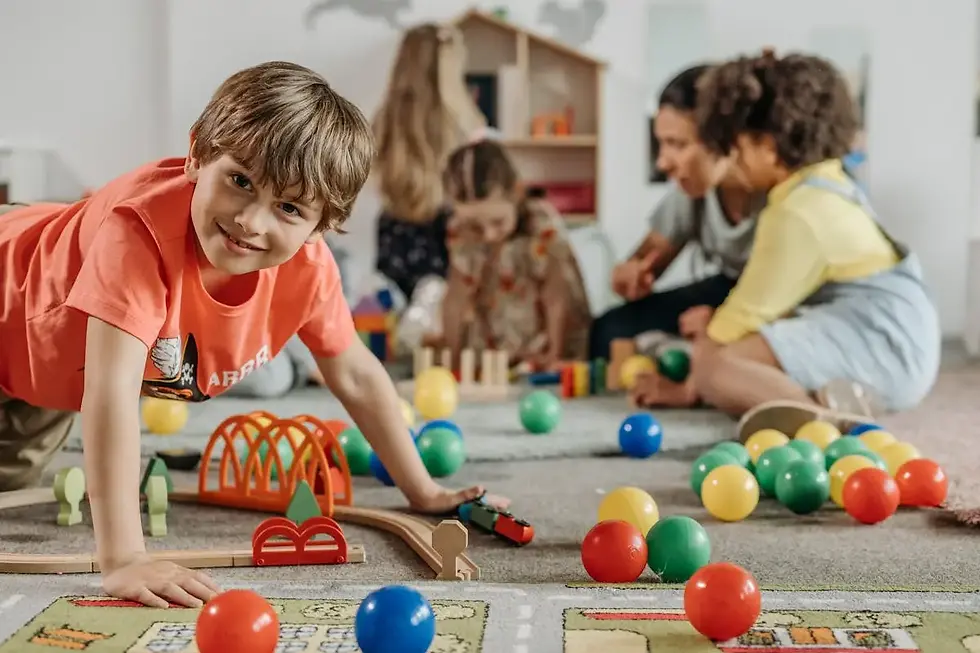How Can Teachers Tailor the Classroom Environment for Young Children with Special Needs
- Seona seona@usestyle.ai
- Oct 26, 2024
- 2 min read
Teaching students with special education needs requires a unique approach that recognizes and accommodates their individual learning styles. In this blog, we will explore practical strategies that teachers can implement to create engaging and effective lessons tailored for special education students.

Understanding Individual Learning Needs
Every student has a unique way of learning, and this is especially true for young students with special needs. Understanding these individual learning needs is crucial for teachers. For instance, some students may thrive in auditory learning environments, while others might find visual aids more helpful. A teacher should strive to identify their students’ preferred learning styles through observation and assessment.
Another aspect to consider is the cognitive and emotional levels of each student. Some may face challenges in processing information, while others might struggle with social interactions. Having open conversations with students and their families can provide insight into their specific needs and challenges, enabling tailored lesson planning.
Creating a Supportive Learning Environment
Creating a supportive learning environment is fundamental in special education. This involves fostering a safe space where students feel valued, understood, and free to express themselves. Simple practices like establishing classroom norms that promote respect and understanding can pave the way for a positive atmosphere.
Encouragement and positive reinforcement play a vital role in building a supportive environment. Recognizing students' efforts and accomplishments, no matter how small, boosts their confidence and promotes a growth mindset. Regular check-ins and open lines of communication can also strengthen relationships and provide the emotional support students may need.
Additionally, involving families in the educational process helps create a collaborative support network. Keeping parents informed about their child's progress and challenges fosters transparency and unity, which can be empowering for both the student and their guardians.
Incorporating Visual and Hands-On Activities
Visual and hands-on activities can significantly enhance learning in a special education setting. Students often find it easier to grasp concepts when they can see or physically interact with the material. For instance, using manipulatives in math lessons helps students visualize problems, making abstract concepts more concrete.
In subjects like science, conducting experiments or using models allows for experiential learning. This not only reinforces theoretical knowledge but also keeps students engaged. When students can touch, feel, or observe the subject matter, it often leads to a deeper understanding.
Moreover, incorporating visual schedules and organizers throughout the day can assist students in navigating their tasks more effectively. Providing visual cues helps them stay focused and organized, which is especially beneficial for students with attention-related challenges and language/communication challenges.
Regular Assessment and Feedback
Regular assessment and feedback are essential components of tailoring lessons in special education. Formative assessments, which are conducted throughout the learning process, allow teachers to gauge student understanding and adjust instruction accordingly. This continuous feedback loop ensures that students remain on track and that their learning needs are met.
Final Thoughts on Tailoring Lessons
By implementing these strategies, teachers can create a more inclusive classroom environment that supports the diverse needs of their students. This not only enhances the learning experience for students with special education needs but also fosters a sense of belonging and cooperation among all students.





Comments